Premieres Monday, May 19, 2025 at 9 p.m. on KPBS TV / PBS app
Long before the iPhone, another inventive device allowed everyone to instantly chronicle their lives — the Polaroid camera. The product, and the company’s unique culture, would launch not only instant photography mania but also become the model for today’s Silicon Valley tech culture.
It all began with the Polaroid Model 95, first offered for sale in the fall of 1948. Its revolutionary power to allow the photographer to see the picture then and there would change the country, then the world. "Mr. Polaroid" tells the little-known story of the man behind the camera, a Harvard dropout named Edwin Land.
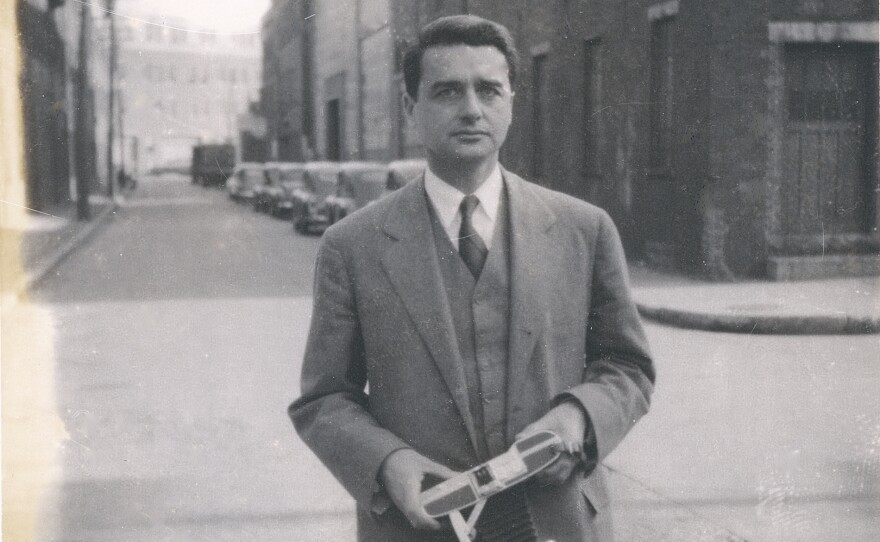
Over a half century ago, before the smartphone, Land was dreaming up “a camera that you would use as often as your pencil or your eyeglasses.” He would also come to believe his company was “on its way to lead the world — perhaps even to save it.” Hubris, technology, brilliance, and a billion photographs a year are all part of the rollicking Polaroid story.
The invention Edwin Land believed would change the world was sparked by a near-accident on a dark Connecticut road. At the age of 14, he vowed to invent a solution for headlight glare, which killed thousands of motorists a year, and was convinced that the solution lay in a physics phenomenon known as polarization.
By 1937, at age 28, he had already founded his own company, Polaroid. In the early years, Polaroid made sunglasses, camera lenses, glare-free windshields and headlights. But the tech he designed for carmakers never caught on. As his first great vision fizzled, Land found his way to a new field: photography. He had long believed that photography was perhaps humanity’s greatest invention. The problem, he thought, was that people were just too far removed from its magic.
At that time, photography was no simple act. It involved chemicals, darkrooms, specialists or special equipment, and above all, time: it usually took a week for a customer to see a photo after it was snapped. Land wanted to create a device that would collapse time and put the darkroom inside the camera.
Helping Land make this dream a reality was an unusual group of pioneering female scientists and researchers, including Eudoxia Muller, who would make the first successful Polaroid instant photograph in 1943, and Meroë Morse, who for almost 30 years ran the Film Research Division. Land’s inclusive vision would break industry norms and expand opportunities for women in cutting-edge technological innovation.
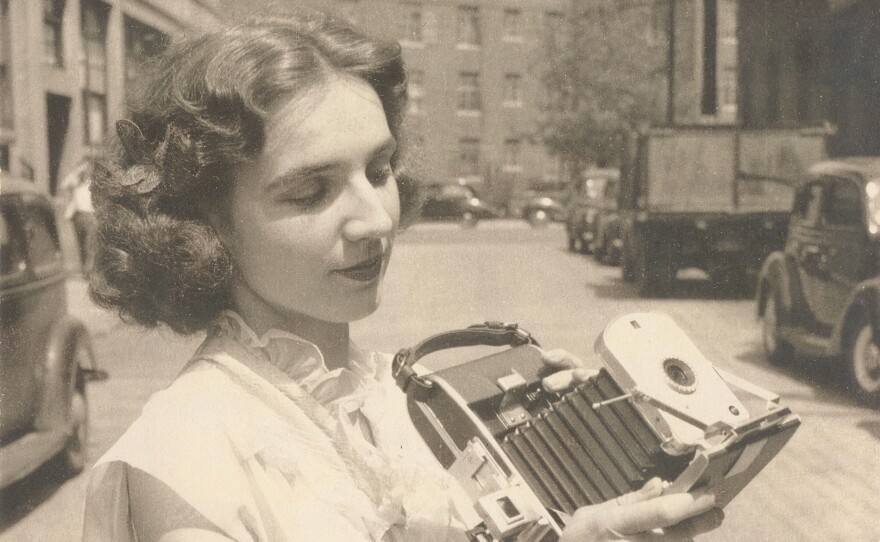
Related: The Women Who Made Polaroid Click
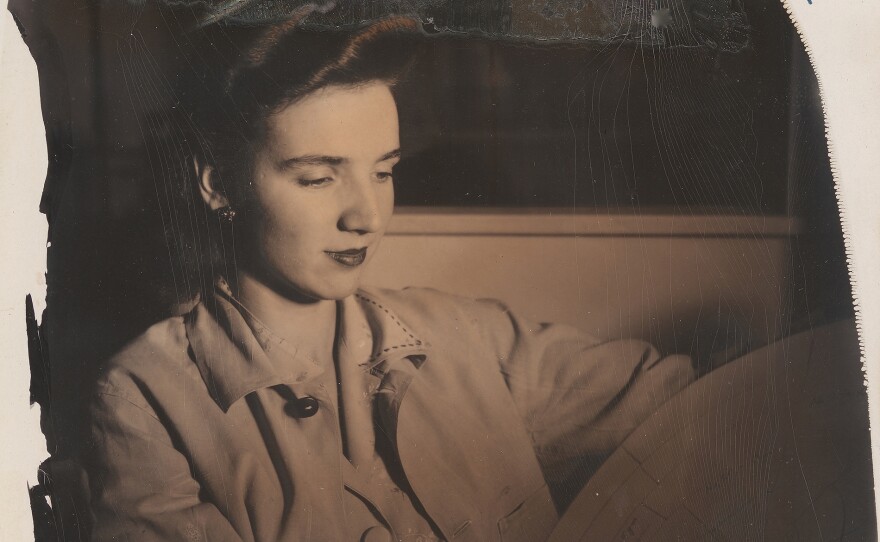
After years of trials, in 1947, Land demonstrated a working scientific prototype of his Polaroid camera to the press; by the 1948 Christmas season, the first Polaroid went up for sale in Boston. It was an instant sensation, and Polaroid’s new kind of photography was on its way to profoundly changing how people documented their lives. Everyone loved the immediacy and the ability to take photographs that didn’t pass through the hands of middlemen afforded a new type of freedom.
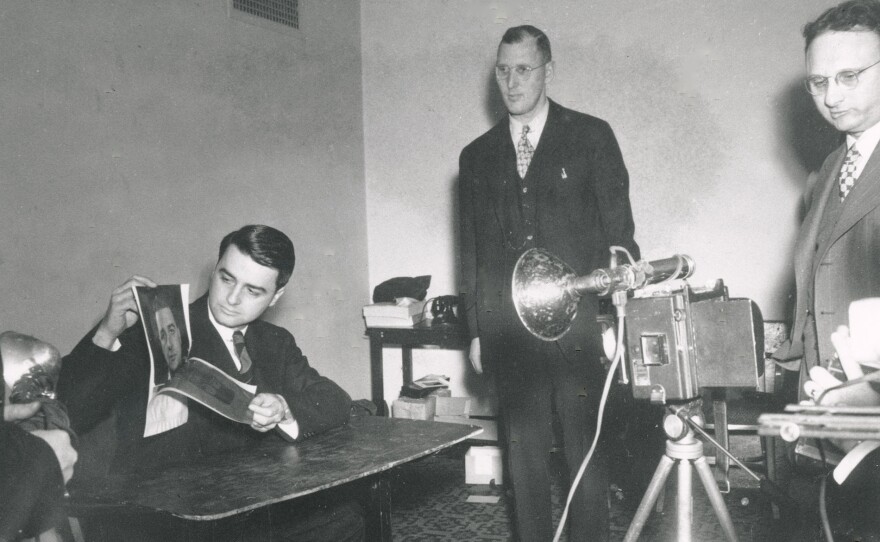
“You could take a Polaroid without the pressure of anyone external judging or controlling,” says photographer Rhiannon Adam. “It came with a sort of freedom to document your life as you were living it.”
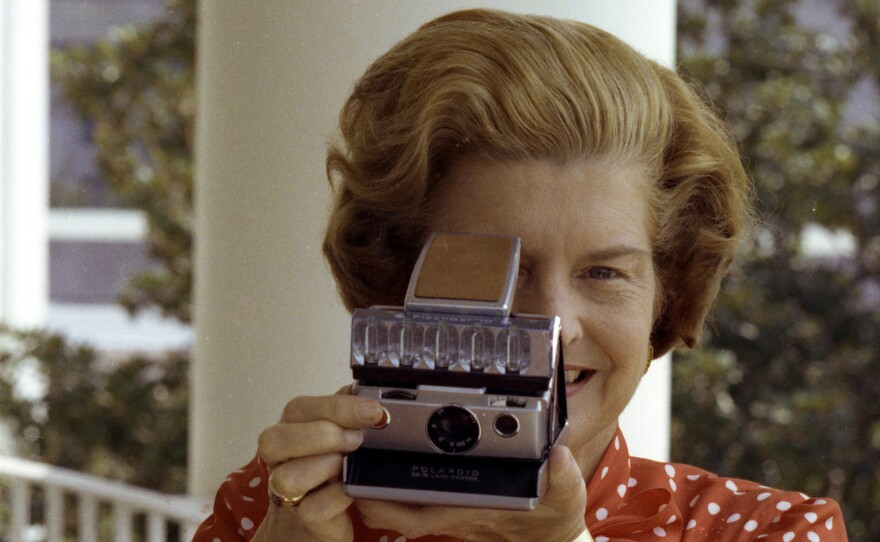
Through the 1960s and 70s, Polaroid seemed to be riding ever higher, the Apple of its day. “Steve Jobs would tell you that Land was his idol in many, many ways because he created this technology company that made products people didn’t even know they wanted,” Land biographer Ron Fierstein says. With the Polaroid Swinger, introduced in 1965, the company captured the spirit and imagination of the era’s youth culture, and the camera — and its catchy jingle — became wildly popular.
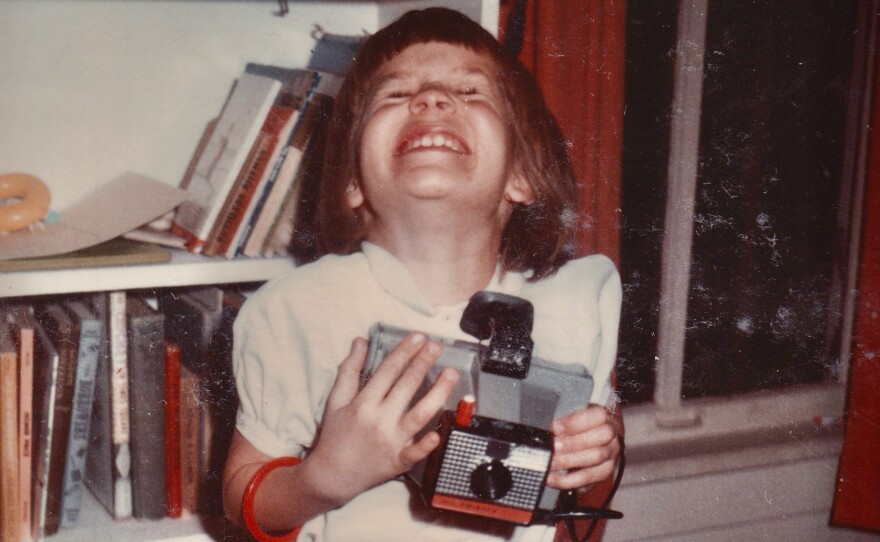
But success masked risky financial gambles, a costly lawsuit against archrival Kodak, and an increasingly obsessive belief on Land’s part that technology could cure rifts in contemporary society. When workers discovered that the company was selling cameras to South Africa, where the apartheid government used them to photograph Black citizens for tracking purposes, they organized a protest, and the resulting publicity was devastating. As politics, social change, and the darker side of instant photography became enmeshed with innovation, Land would stumble.
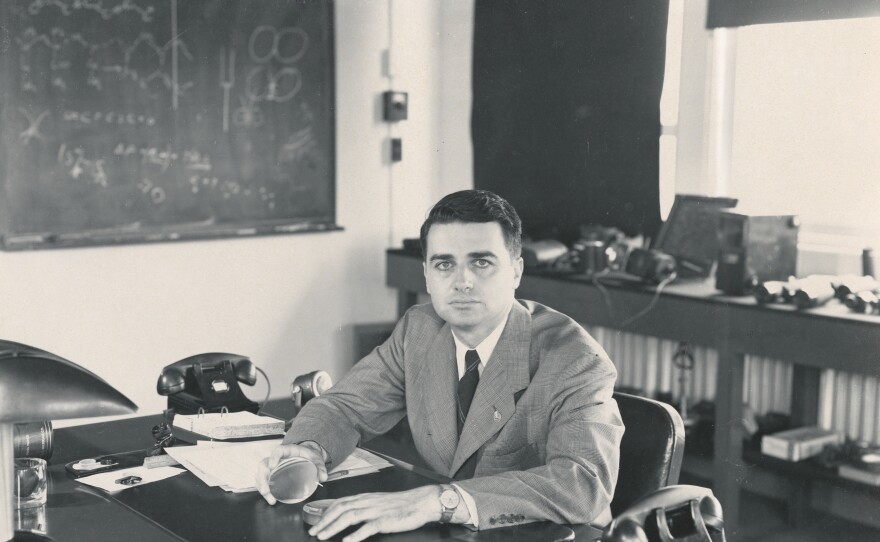
The history of Land and Polaroid’s fall is as precipitous and revealing as that of his rise. Yet the magic of the Polaroid continues to hold sway. “It’s one of the most instantly recognizable brands ever,” Adam says. “And that sense of playfulness was really at the heart of the brand.”
Watch On Your Schedule: AMERICAN EXPERIENCE "Mr. Polaroid" will stream for free simultaneously with broadcast on all station-branded PBS platforms, including PBS.org and the PBS app, available on iOS, Android, Roku, Apple TV, Amazon Fire TV, Android TV, Samsung Smart TV, Chromecast and VIZIO.
The film will also be available for streaming with closed captioning in English and Spanish on the AMERICAN EXPERIENCE website.





